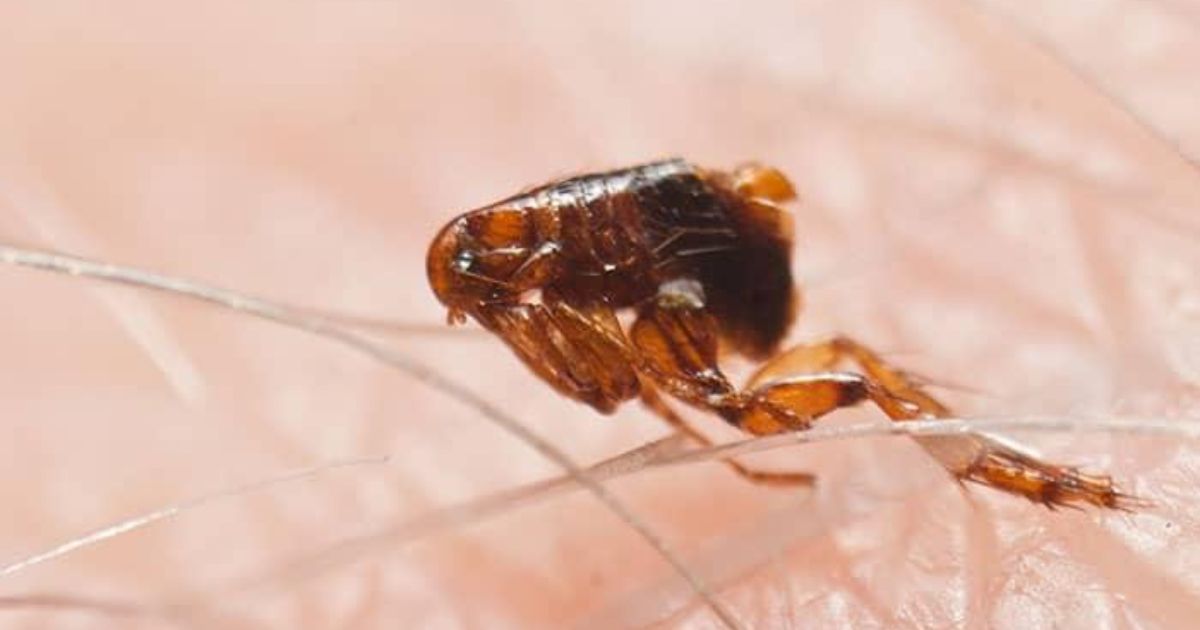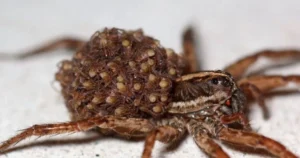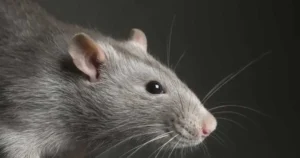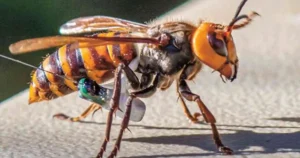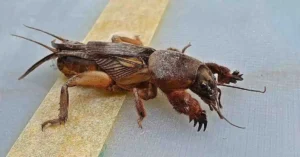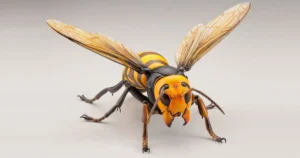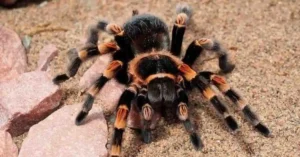Fleas are among the most common parasites affecting pets and occasionally humans. Their bites can cause itching, irritation, and allergic reactions, leading many to question whether these pests can live in human hair. This article dives deep into flea biology, explores whether they can inhabit human hair, and provides practical tips for prevention and management. Understanding the facts about fleas helps protect your pets, family and home.
What Are Fleas?
Fleas are small, wingless insects that feed on the blood of mammals and birds. Known for their powerful jumping ability, fleas easily move between hosts and environments. Over 2,500 species exist worldwide, but cat fleas (Ctenocephalides felis) and dog fleas (Ctenocephalides canis) are the most common household invaders.
These pests reproduce rapidly, laying eggs on their hosts that fall into surrounding environments like carpets and bedding. Fleas thrive in warm, humid conditions, making homes with pets particularly vulnerable to infestations. Understanding their life cycle is key to combating them.
Flea Life Cycle
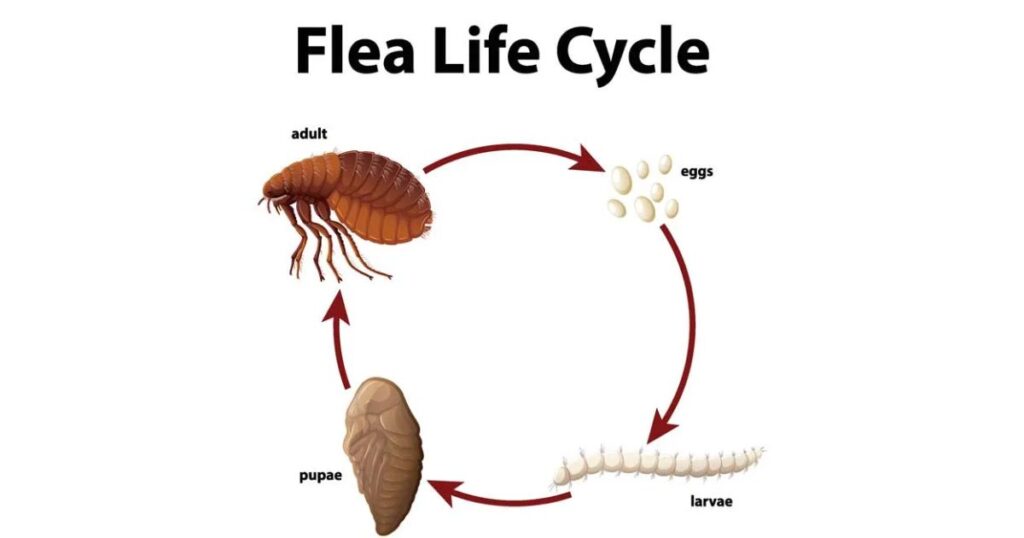
Fleas undergo four stages of development: egg, larva, pupa, and adult. Adults feed on their hosts’ blood, lay eggs, and perpetuate the cycle. Eggs hatch into larvae that feed on organic debris before spinning cocoons and transitioning to pupae. Once conditions are favorable, adult fleas emerge to find a host.
This life cycle allows fleas to adapt and survive in various environments, including your home. Their resilience makes prevention and early intervention crucial.
Do Fleas Prefer Humans or Animals?
Fleas are host-specific parasites that favor animals with dense fur, such as cats, dogs, and wildlife. Fur provides a warm, secure environment for fleas to hide, lay eggs, and feed undisturbed.
Humans are less appealing to fleas due to our sparse hair and lack of suitable nesting conditions. Fleas may bite humans when animals are unavailable, but these instances are temporary and do not lead to infestation.
Can Fleas Live in Human Hair?
The myth that fleas can live in human hair stems from misunderstandings about their behavior. Fleas may occasionally jump onto human hair during close contact with infested pets or environments, but they cannot sustain themselves there.
Human hair lacks the density and warmth fleas need to thrive. Additionally, fleas cannot reproduce without their preferred animal hosts. Temporary contact is possible, but fleas do not establish colonies on humans.
How Fleas May End Up in Human Hair
Though fleas do not live in human hair, certain scenarios can lead to temporary contact:
Close Contact with Pets: Handling or grooming infested pets can transfer fleas to your hair or clothing.
Contaminated Areas: Carpets, furniture, and bedding in infested homes may harbor fleas that jump onto humans.
Shared Spaces: Living with pets increases the likelihood of flea exposure, especially during infestations.
Symptoms of Flea Bites on Humans
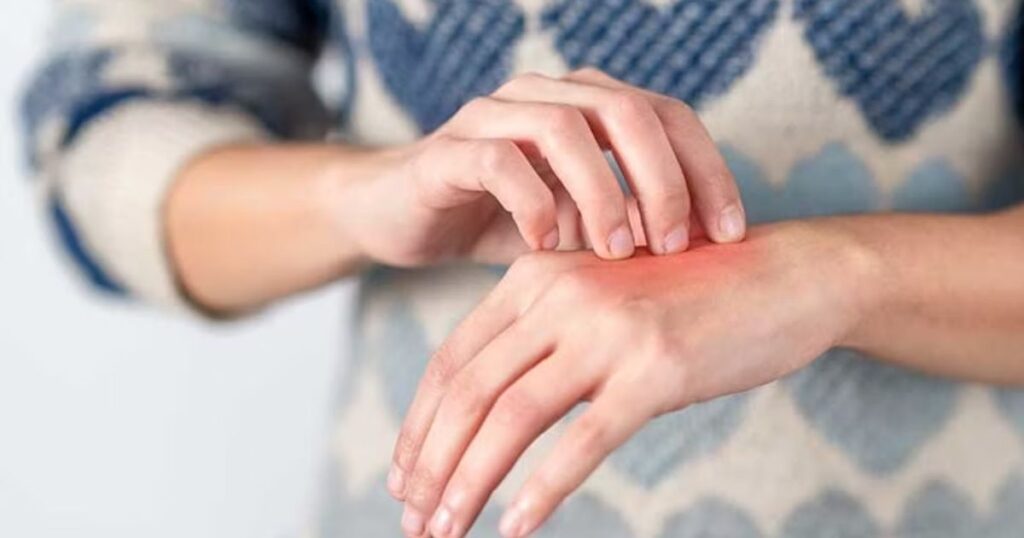
Flea bites are small, red, and itchy. They often appear in clusters on exposed areas like the ankles, arms, or legs. In some cases, individuals may experience swelling, hives, or allergic reactions due to flea saliva.
Avoid scratching bites, as this can lead to secondary infections. Over-the-counter antihistamines and soothing creams can alleviate itching and reduce inflammation.
Preventing Flea Infestations
Prevention is the most effective way to protect your home and pets from fleas. Regular maintenance and vigilance are key to minimizing risks.
Keep Pets Clean and Protected
Groom your pets regularly with flea combs and baths. Use veterinarian-approved flea treatments, such as collars, spot-on solutions, or oral medications. Preventative care helps stop infestations before they start.
Maintain a Clean Home
Vacuum carpets, rugs, and furniture weekly to remove fleas, eggs, and larvae. Wash pet bedding, blankets, and soft furnishings in hot water. Clean your pet’s living areas frequently to disrupt the flea life cycle.
Treat Outdoor Spaces
Keep your yard tidy by trimming grass, removing leaf litter, and eliminating debris where fleas might hide. Apply pet-safe insecticides to high-traffic areas to reduce flea populations outdoors.
Inspect for Early Signs
Regularly check your pets for scratching, hair loss, or flea dirt (tiny black specks resembling pepper). Early detection prevents infestations from spreading.
Managing Flea Infestations
If fleas invade your home, prompt action is crucial. Follow these steps to eliminate them effectively:
Treat Your Pets
Start by treating your pets with veterinarian-recommended flea products. Bathing them with flea shampoo and using flea combs can remove adult fleas and their eggs. Administer preventative medications for lasting protection.
Clean Your Home Thoroughly
Vacuum all carpets, furniture, and cracks where fleas might hide. Dispose of the vacuum bag immediately to prevent re-infestation. Wash all bedding, curtains, and cushions in hot water to kill fleas and eggs.
Use Flea-Specific Products
Apply flea sprays or powders to carpets, rugs, and upholstery. For severe infestations, consider using a flea fogger. Ensure the products you use are safe for pets and humans.
Seek Professional Help
For persistent infestations, hire a pest control service. Professionals use advanced treatments to eliminate fleas at all life stages, providing a comprehensive solution to the problem.
Why Flea Prevention is Essential
Fleas not only cause discomfort but can also transmit diseases like typhus and tapeworms. Protecting your pets and home from fleas ensures the health and safety of your family. Preventative measures are simpler and more cost-effective than dealing with full-blown infestations.
Conclusion
Fleas are persistent pests that thrive on animals but do not live in human hair. Understanding their behavior and preferences helps debunk myths and guide effective prevention strategies. By keeping your pets clean, maintaining a tidy home, and using preventative products, you can safeguard your family and pets from the discomfort and health risks associated with fleas. Early detection and prompt action are crucial in managing infestations and ensuring a pest-free environment.
FAQs
Can fleas live permanently in human hair
No fleas cannot live permanently in human hair as it lacks the warmth and density fleas require for survival
What attracts fleas to humans
Fleas bite humans temporarily when their preferred animal hosts are unavailable or during close contact with infested environments
How do I remove fleas from my hair
Wash your hair with a flea shampoo or regular shampoo and use a fine-toothed comb for removal Seek medical advice if irritation persists
Are flea bites harmful to humans
Flea bites can cause itching allergic reactions and in rare cases transmit diseases Prompt treatment and prevention are essential

James William is a passionate animal lover and expert in the Animals and Pets niche. With years of experience in pet care, wildlife studies, and blogging, James shares practical tips, heartwarming stories, and expert advice to help pet owners build stronger bonds with their furry, feathered, and scaly companions.
